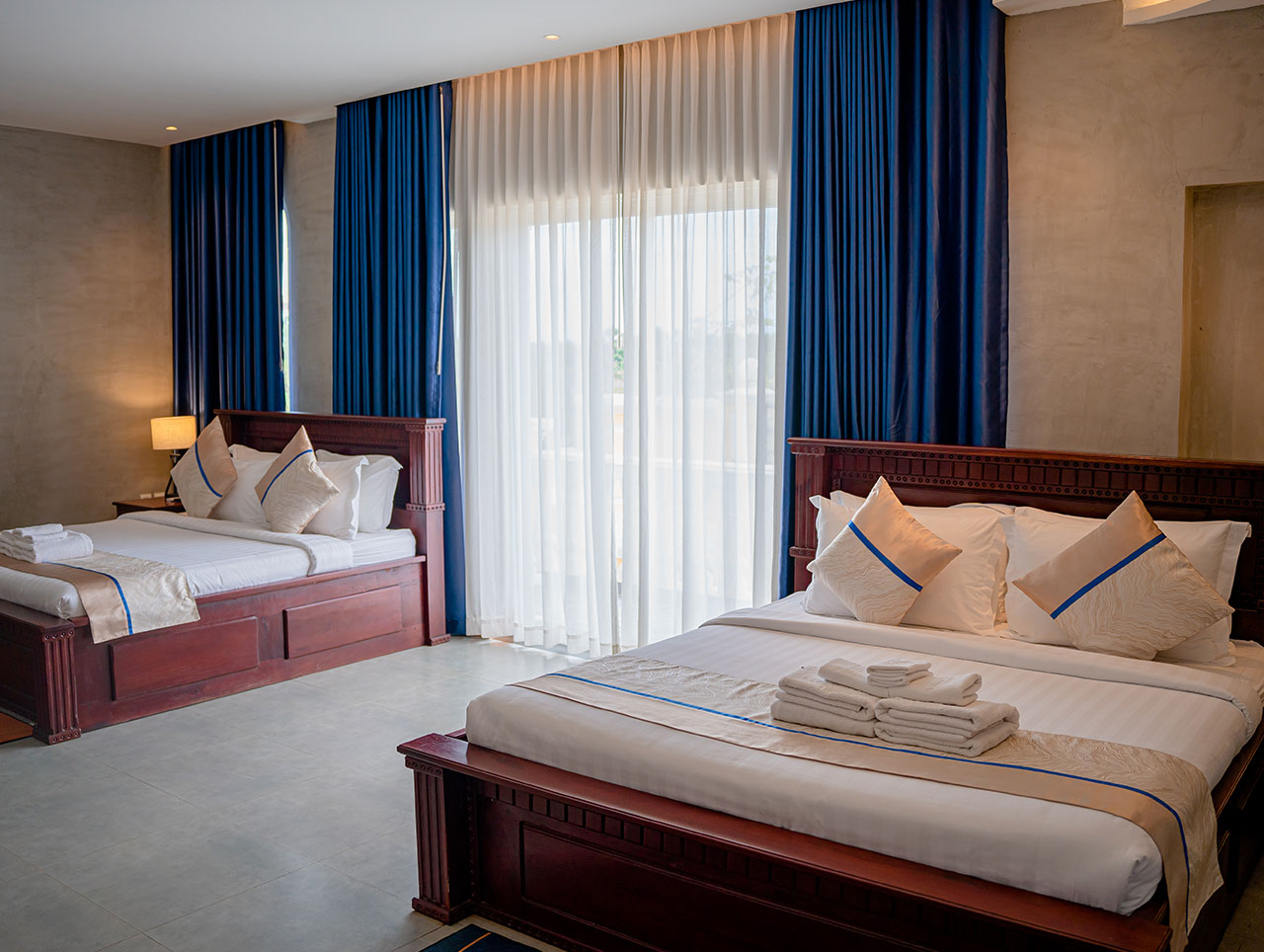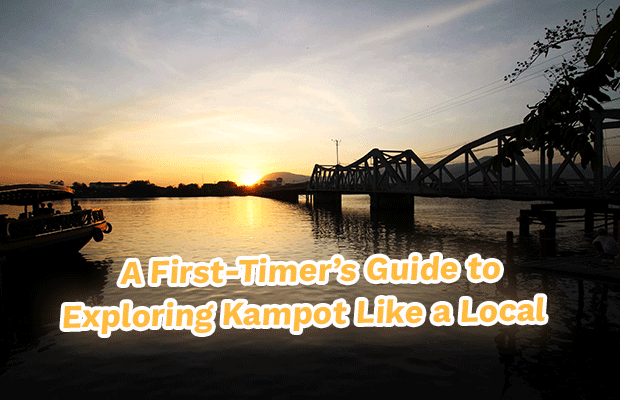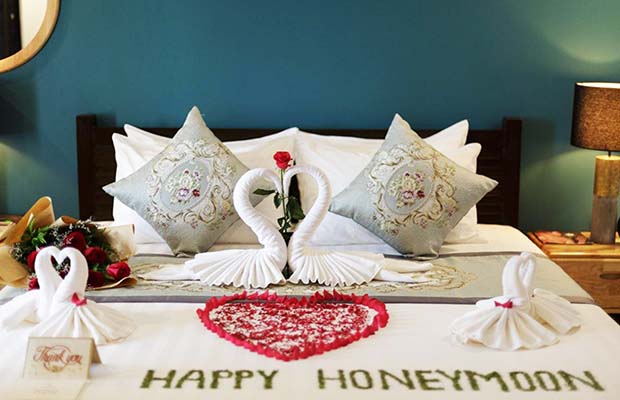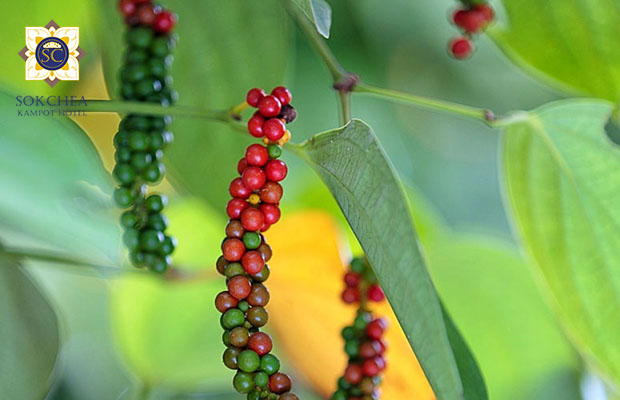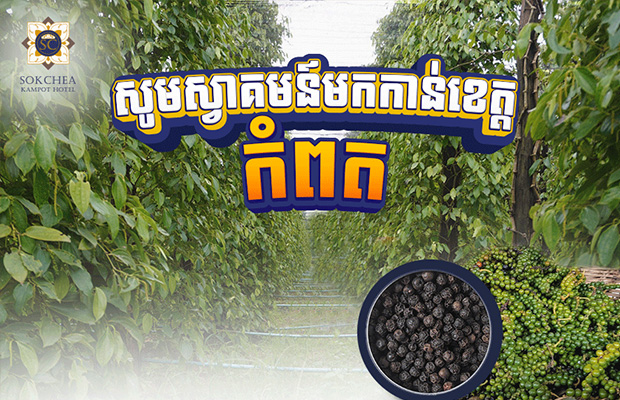Nestled in the scenic countryside of Kampot Province, Phnom Chhngok Cave Temple offers an enchanting blend of natural wonder and ancient spirituality. This mystical limestone cave, set within a peaceful rural landscape about 12 kilometers northeast of Kampot town, is not only a geological marvel but also home to a pre-Angkorian brick temple dating back to the 7th century. As you approach the site, you’ll pass through quiet villages and rice fields before reaching the stairs that lead up the hill to the cave entrance. Inside, the cave opens into a large, shadowy chamber with dramatic stalactites and stalagmites that have formed over millions of years, some of which resemble animals and mythical creatures. The air is cool and still, and shafts of sunlight occasionally pierce through the rock, creating an otherworldly atmosphere. At the heart of the cave stands the small but remarkable brick temple dedicated to Shiva, remarkably well-preserved and considered one of the oldest Hindu sanctuaries in Cambodia. Local guides, often young villagers, are available to share legends and assist with navigating deeper sections of the cave. Some routes even lead out through narrow limestone tunnels for the adventurous. Phnom Chhngok is more than a destination—it’s an experience that combines history, mystery, and the raw beauty of nature. Whether you’re a history enthusiast, a spiritual seeker, or simply someone in search of a unique day trip in Kampot, this hidden gem offers a peaceful and unforgettable escape from the ordinary. Don’t forget to wear good walking shoes and bring a flashlight for exploring the deeper corners of the cave. A visit to Phnom Chhngok is a journey back in time—one that echoes with the stories of Cambodia’s ancient past.




